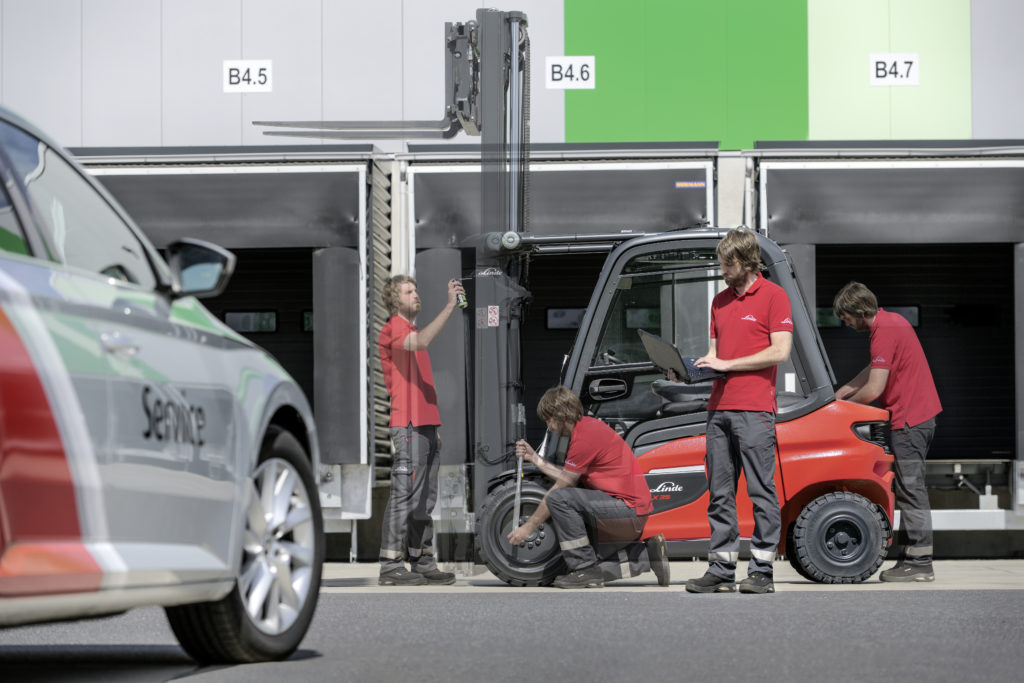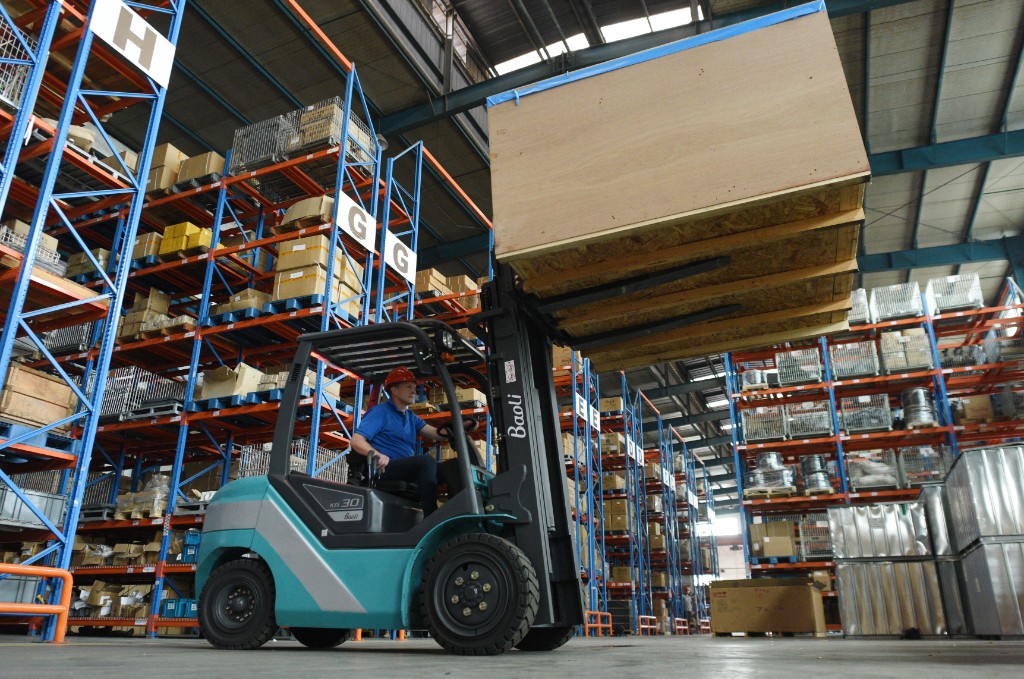Updated: February 16, 2023
Forklifts are designed to last but wear and tear inevitably occurs with use of the machine. Similar to cars, forklifts require regular service and maintenance, to ensure your equipment is operating properly and will be able to be in service for a long time. However, no matter how diligent you are, forklifts will wear down over time due to use and age.
It’s crucial to know if your machine needs to be repaired or removed from service to get as much life as possible out of the lift. Below are five places to focus on for signs of forklift wear and tear.
1. Tires
Forklift tires are built to withstand a lot of weight, but like your car’s tires, will need to be replaced at some point. There are a few ways to tell when it’s time to replace a tire or two on your lift:
- Worn low: Most tires have a defined line to let you know when it’s time to switch them out, sometimes referred to as the 50% wear line. If this line has been breached, it’s time to change the tire.
- Chunking: Chunking refers to losing pieces of the tire rubber peeling away from the tire. Not only is chunking unsafe, but also renders the wheel useless, and the tire should be replaced immediately.
- Flattening: Flattening occurs as a result of misalignment the forklift coming to a sharp halt. Change the tire if you notice it has any bald spots.
2. Forks
To get the most out of a forklift, the forks must be in good condition. Forks that are bent or cracked from picking up, transporting or unloading pallets cannot successfully transfer a load. As soon as you notice any of these issues, stop using the lift and take it for servicing immediately.
3. Chain
When properly lubricated, forklift chains can perform up to 6,000 hours of work. However, if you notice protruding or turned pins, plate cracking, misalignment, broken links, rust, or erosion, the chain needs to be replaced. Prevent these issues by keeping the chain lubricated.
4. Mast
The mast is the vertical assembly on the front of the forklift that’s responsible for raising, lowering, and tilting a load. One sign of wear and tear on the mast is metal on metal contact. Grinding sounds during operation, or visible scrape marks, are the result of metal of metal contact and serve as a sign to replace the mast.
5. Oil
Keeping proper levels of oil and immediately repairing oil leaks will protect your machine, as well as your facility as a whole. Oil lubricates the forklift’s mast when it is extended, and too little oil can result in increased friction and temperature that will most likely destroy other parts of the machine. Not to mention, an oil leak is hazardous to operators and pedestrians.
If you notice any of these signs of wear and tear on your forklift, you need to call for service. It’s important to catch these signs early in order to get as much life as possible out of your machine. At KION North America, we ensure quick delivery of parts and a range of services designed to fit your needs. Contact your local authorized dealer if you have any further questions about forklift maintenance.



